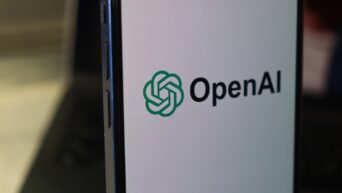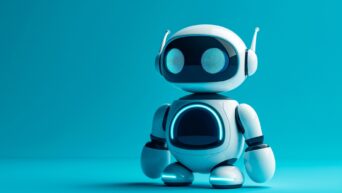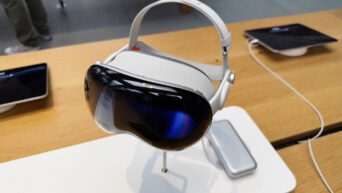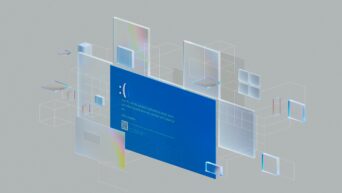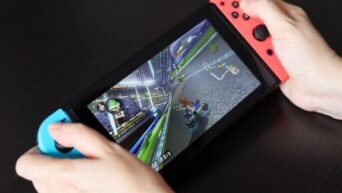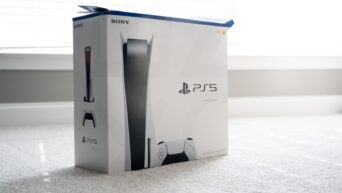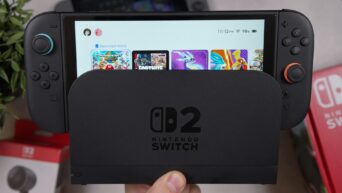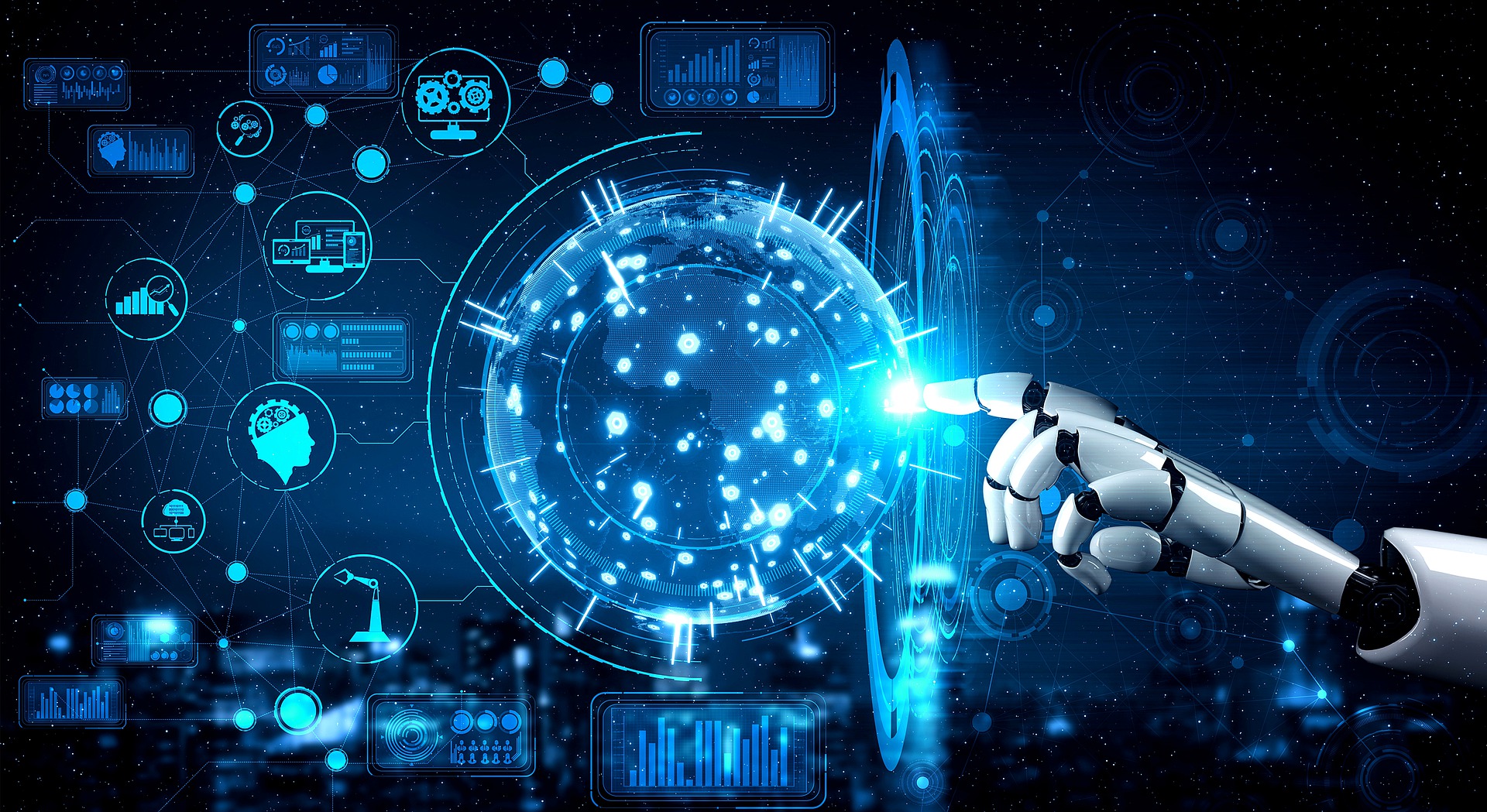
Credit: Pixabay
A groundbreaking leap that could reshape the future of technology
Nvidia is taking its AI expertise to the next frontier: humanoid robots. The tech giant is gearing up to release Jetson Thor, a new line of compact computers designed to power the next generation of intelligent robots. Scheduled for launch in early 2025, this move marks a significant step in Nvidia’s long-term robotics strategy.
Rather than competing with manufacturers like Tesla, Nvidia aims to become the backbone of the robotics industry. “There are hundreds of thousands of robot makers worldwide, and we want to be their go-to solution,” said Deepu Talla, Nvidia’s vice president of robotics, during a press briefing in Tokyo.
Jensen Huang just unveiled a new Nvidia $NVDA AI chip designed for robotics called “Jetson Nano Super”
— Evan (@StockMKTNewz) December 18, 2024
The timing is strategic. Nvidia is capitalizing on two major technological advancements: the rapid rise of generative AI models and the ability to train robots in simulated environments. Together, these breakthroughs allow for smarter, faster, and more adaptable robotic systems, all powered by Nvidia’s cutting-edge technology.
While Nvidia’s push into robotics aligns with its growth ambitions, it also addresses a growing challenge. Tech giants like Amazon and Google have started developing their own AI chips, reducing their reliance on Nvidia’s hardware. By expanding into robotics, Nvidia ensures it remains a critical player in the evolving AI ecosystem.
Jetson Thor’s release is poised to make waves across industries, offering robot makers compact yet powerful computing solutions. From factory automation to healthcare and beyond, the possibilities for these AI-driven machines are vast.
As Nvidia continues to drive innovation, its vision for the future of robotics is clear: a world where humanoid robots, powered by the company’s technology, become an integral part of everyday life. 2025 is just the beginning of this bold new chapter.



